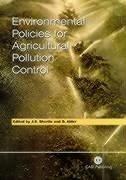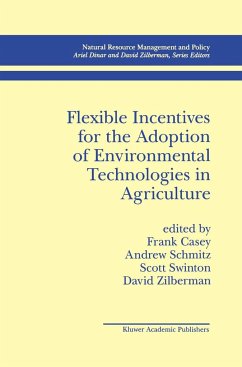
Incentives and Environmental Policies
From Theory to Empirical Novelties
Herausgeber: Ouvrard, Benjamin; Stenger, Anne
Versandkostenfrei!
Versandfertig in über 4 Wochen
159,99 €
inkl. MwSt.
Weitere Ausgaben:

PAYBACK Punkte
80 °P sammeln!
The economic protection of the quality of the environment took shape properly in the middle of the 20th Century when various economic instruments were proposed to policymakers. Today, protecting the environment is essential, as evidenced in the rise in temperatures, the melting of the icecaps, the disappearance of animal species, etc. Moreover, with recent advances in other disciplines (notably in psychology), economists are turning more and more towards non-monetary forms of incentive. However, questions concerning the effectiveness of these forms arise. Incentives and Environmental Policies ...
The economic protection of the quality of the environment took shape properly in the middle of the 20th Century when various economic instruments were proposed to policymakers. Today, protecting the environment is essential, as evidenced in the rise in temperatures, the melting of the icecaps, the disappearance of animal species, etc. Moreover, with recent advances in other disciplines (notably in psychology), economists are turning more and more towards non-monetary forms of incentive. However, questions concerning the effectiveness of these forms arise. Incentives and Environmental Policies deals with the role of the economy in protecting the environment by revisiting traditional economic instruments and pursuing an advanced consideration of the role of new forms of incentive. It appears that, in order to strive towards the best possible environmental quality, policymakers will have to take into account the future of many combinations of socially acceptable incentives.













